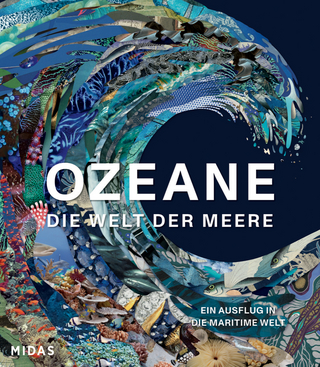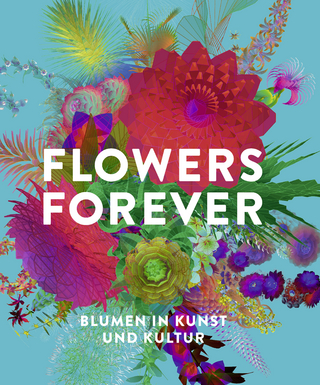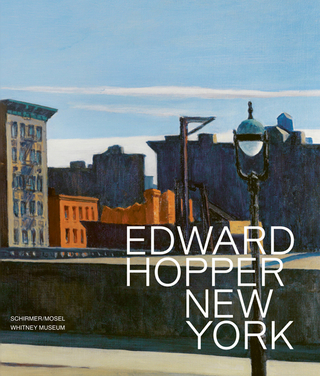
Posthumous Art, Law and the Art Market
Routledge (Verlag)
978-1-032-02897-2 (ISBN)
- Titel z.Zt. nicht lieferbar
- Versandkostenfrei innerhalb Deutschlands
- Auch auf Rechnung
- Verfügbarkeit in der Filiale vor Ort prüfen
- Artikel merken
This book takes an interdisciplinary, transnational and cross-cultural approach to reflect on, critically examine and challenge the surprisingly robust practice of making art after death in an artist's name, through the lenses of scholars from the fields of art history, economics and law, as well as practicing artists.
Works of art conceived as multiples, such as sculptures, etchings, prints, photographs and conceptual art, can be—and often are—remade from original models and plans long after the artist has passed. Recent sales have suggested a growing market embrace of posthumous works, contemporaneous with questioning on the part of art history. Legal norms seem unready for this surge in posthumous production and are beset by conflict across jurisdictions. Non-Western approaches to posthumous art, from Chinese emulations of non-living artists to Native American performances, take into account rituals of generational passage at odds with contemporary, market-driven approaches.
The book will be of interest to scholars working in art history, the art market, art law, art management, museum studies and economics.
Sharon Hecker is an independent art historian and curator specializing in modern and contemporary Italian sculpture. Peter J. Karol is Professor of Law at New England Law | Boston, where he is also Director of the school’s Intellectual Property Law Certificate Program.
Introduction Part One: Stage Setting 1. Posthumous Casts in the Twentieth Century: An Overview of the Wide Range of Situations 2. The Challenges of Posthumous Moral Rights 3. Posthumous Editions: Does the Market Value the Presence of the Artist? Part Two: Intentions and (Mis)understandings 4. Behind the Scenes: Legitimation and Marketing Strategies of Brancusi’s Posthumous Bronze Casts 5. Dead-Hand Guidance: A Preferable Testamentary Approach for Artists 6. Collaborations in Absentia: An Artist’s/Founder’s View of the Posthumous Cast Part Three: Museum Stewardship 7. Condition Issues 8. The Cost of Decommissioning 9. Patterns on Maya’s Veil: The Distinction Between ‘Lifetime’ and ‘Posthumous’ Casts as Fetish Part Four: Unruly Afterlives 10. Forged of Paper: The Busy Afterlives of Xuande Incense Burners 11. Unique Forms & Different Versions: Cataloging Boccioni’s Sculptures 12. Medardo Rosso’s The Emperor Vitellius: An Artist’s Posthumous Copy (of a Copy) of an (Unknown) Original 13. AI, IP, and Artistic Legacies 14. An Economic Strategy to Exploit the Rent of Notoriety in an Emblematic Case Study: François Pompon Part Five: Continuity and Community 15. Reproductions of Michelangelo Buonarroti’s Vatican Pietà as Experiential Mediators 16. Lineages and the Posthumous Lives of Chinese Paintings 17. Indigeneity and the Posthumous Condition Epilogue. Personal Reflections on NFTs & the Death of Art
| Erscheinungsdatum | 22.04.2022 |
|---|---|
| Reihe/Serie | Routledge Research in Art History |
| Zusatzinfo | 8 Tables, black and white; 10 Halftones, color; 46 Halftones, black and white; 10 Illustrations, color; 46 Illustrations, black and white |
| Verlagsort | London |
| Sprache | englisch |
| Maße | 174 x 246 mm |
| Gewicht | 630 g |
| Themenwelt | Kunst / Musik / Theater |
| ISBN-10 | 1-032-02897-1 / 1032028971 |
| ISBN-13 | 978-1-032-02897-2 / 9781032028972 |
| Zustand | Neuware |
| Informationen gemäß Produktsicherheitsverordnung (GPSR) | |
| Haben Sie eine Frage zum Produkt? |
aus dem Bereich


